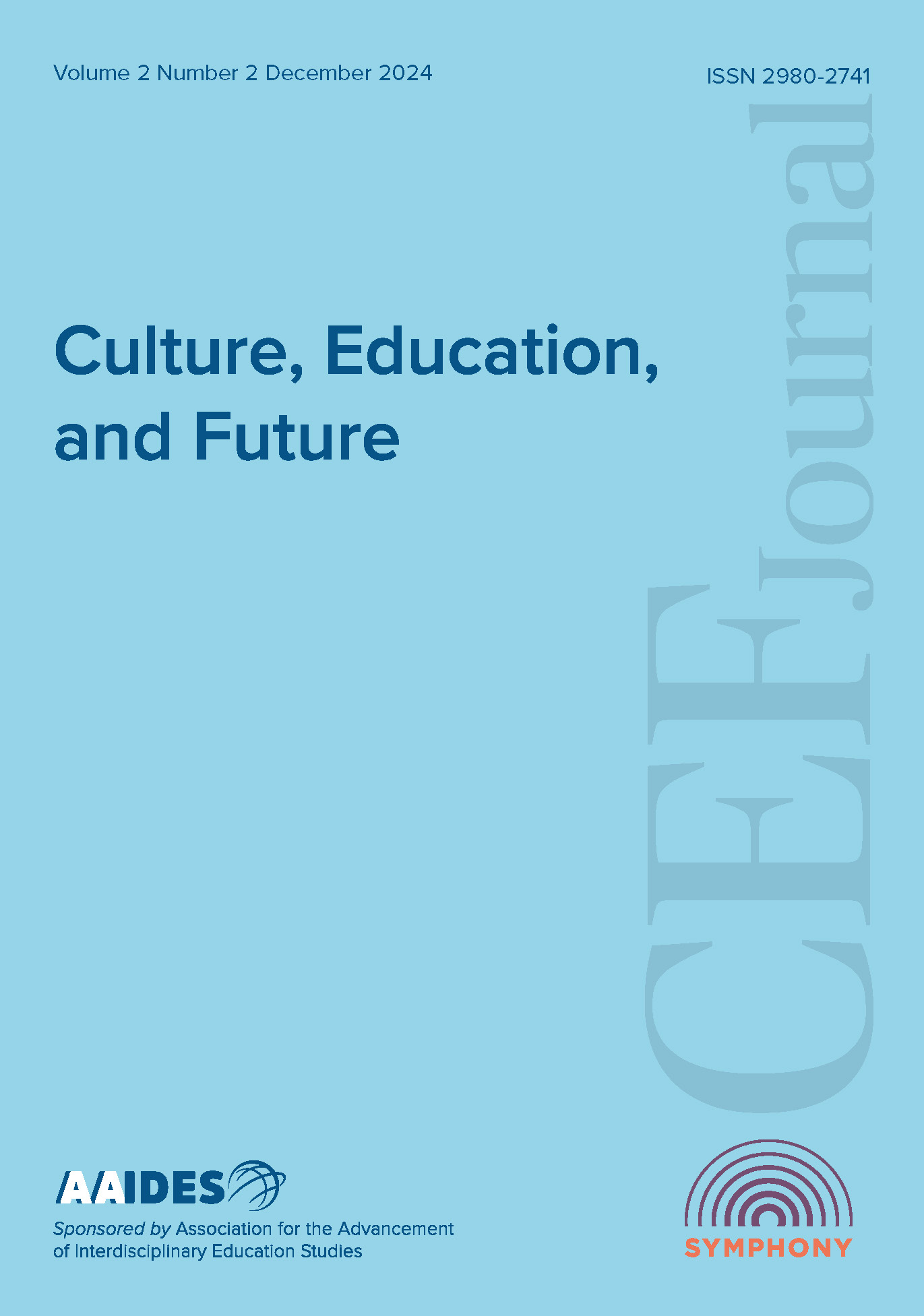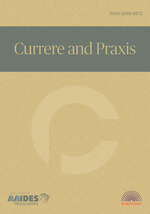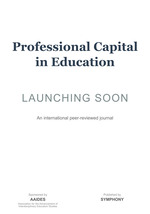Qualities of papers we like: An editorial perspective
DOI:
https://doi.org/10.70116/2980274163Abstract
In this edition of Culture, Education, and Future, I think I can helpfully discuss the qualities we, the editors, seek in a paper. This discussion develops ideas that are not necessarily covered in author guidelines (see the CEF webpage); instead, these ideas reflect our preferences for the journal and the qualities that attract our attention. This editorial's audience is broad: It speaks to authors, reviewers, editors, and even those wanting to learn more about the dynamics of journal editors' decision-making.
The first quality we seek is CEF preference papers that are theoretically or conceptually current. I am not referring only to its applicability to today’s administrators or teachers—although that is important as well—rather, this refers to papers that are responsive to current theoretical trends and movements. In 2001, Hunt and Dodge wrote a piece for The Leadership Quarterly in which they argued that had they gone to sleep 20 years earlier and just awakened, they would have found that leadership theory had not changed in the intervening years. This was a clear call for a new perspective on leadership. Hunt’s voice was quite influential, and others were making similar grumblings. Anyone with their “ear to the ground” would have realized that the theoretical wind was shifting. What evolved was a set of perspectives that described leadership as a collective rather than an individual activity. Like Hunt, we, the CEF editors, are looking for a scholarship that is aware of trends and aware of where the pressure points are in current thought.
Second, to accomplish the first preference, we look for scholarship that demonstrates genuine expertise in the subjects developed in the paper. Of the many submissions I have read over the years, I find a depressing number that were obviously written by authors who exhibit a lack of mastery of the material they are discussing. They misinterpret or misapply ideas; they have not explored the weaknesses in the current literature on their subject, or they are not sufficiently mature in the subject to spot those weaknesses. For example, the literature on relationships between leaders and followers has been criticized for being ineffectively defined (i.e., it fails to clarify whether measures are defined as the perceptions of followers or as the differences in perceptions by leaders and followers; Gottfredson et al., 2020). Other submission authors may misunderstand incompatibilities between epistemologies, as when they use statistics (which assumes independencies among cases and stability across time) to evaluate a phenomenon that is clearly interdependent and changing; for more, see Cilliers, 1998).
Downloads
References
Cilliers, P. (1998). Complexity and postmodernism: Understanding complex systems. Routledge.
Gottfredson, R. K., Wright, S. L., & Heaphy, E. D. (2020). A critique of the leader-member exchange construct: Back to square one. Leadership Quarterly, 31(6), 101385, 1-17. DOI: https://doi.org/10.1016/j.leaqua.2020.101385
Hunt, J. G., & Dodge, G. E. (2000). Leadership déjà vu all over again. The Leadership Quarterly, 11(4), 435-458. DOI: https://doi.org/10.1016/S1048-9843(00)00058-8
Kuhn, T. S. (1970). The structure of scientific revolutions (2nd ed.). The University of Chicago Press.
Downloads
Published
How to Cite
Issue
Section
License
Copyright (c) 2024 Symphony

This work is licensed under a Creative Commons Attribution 4.0 International License.














